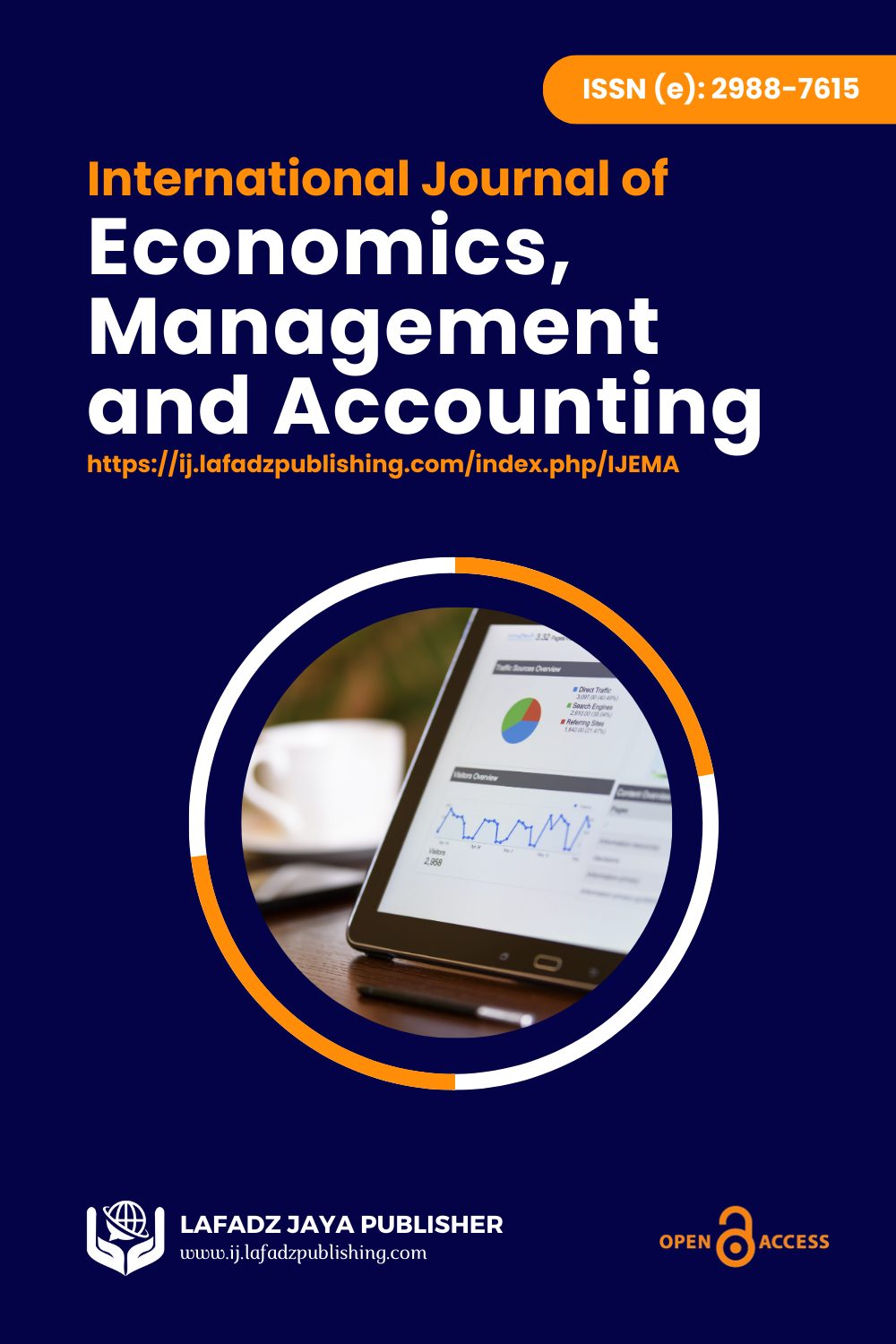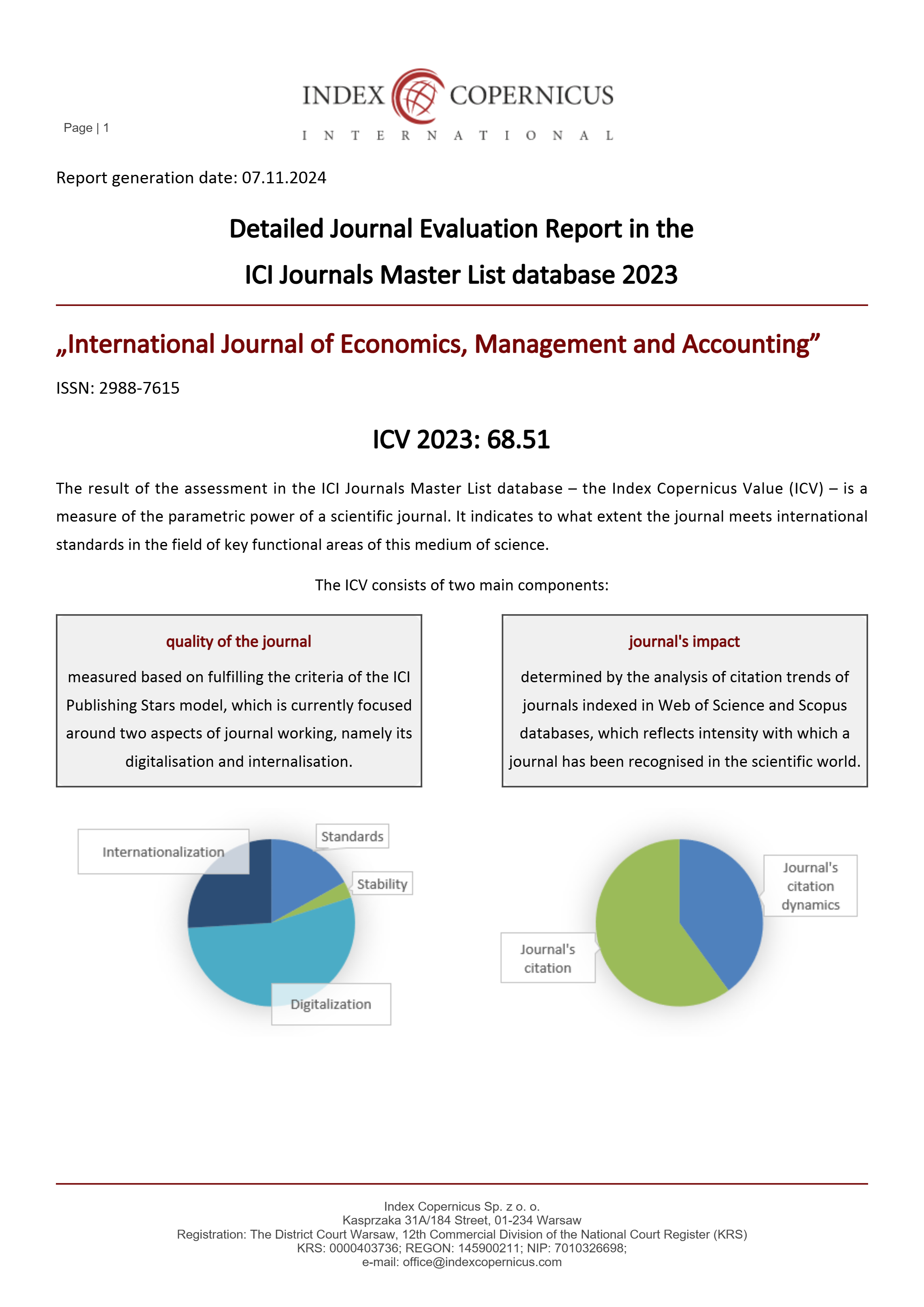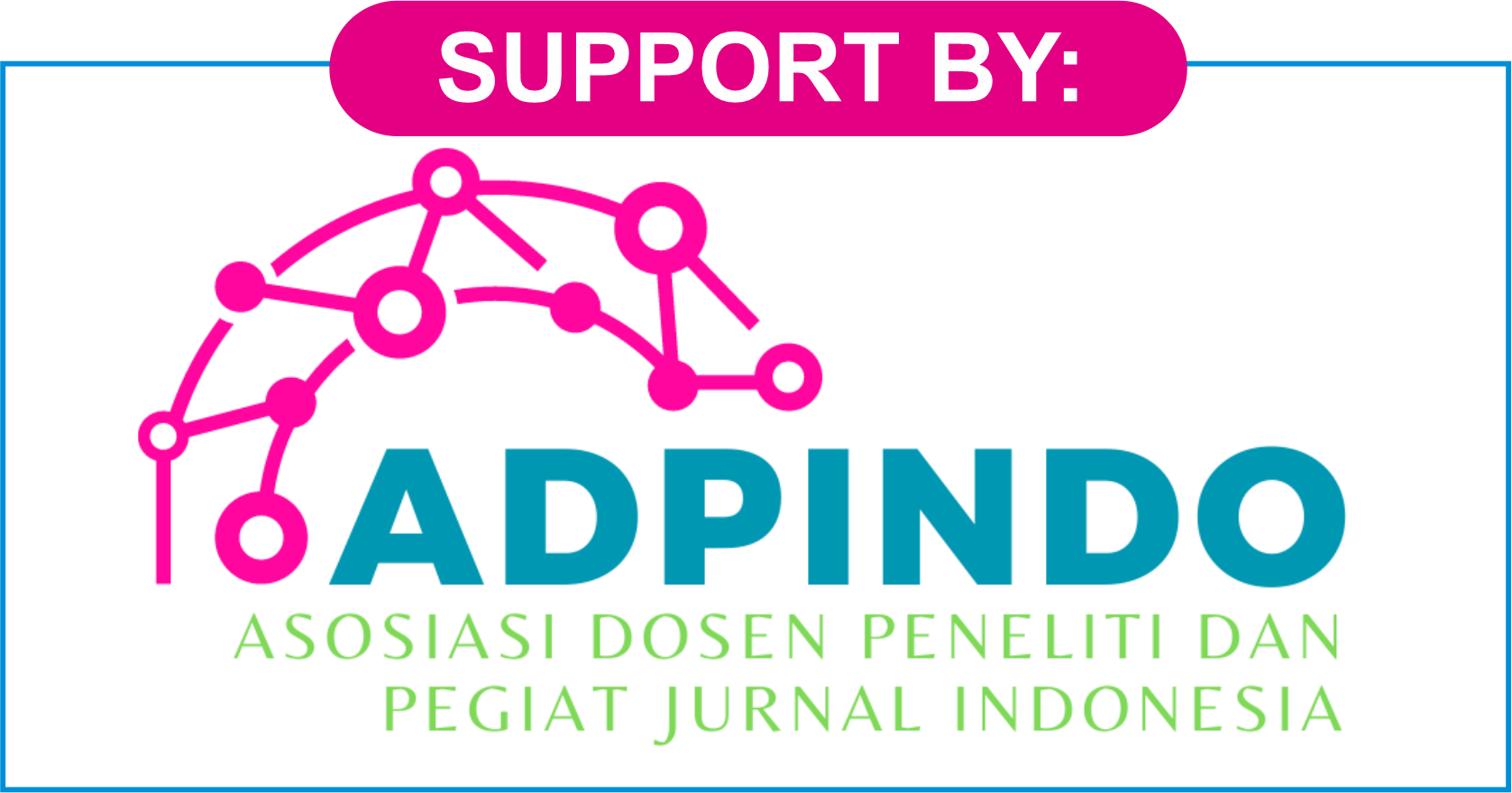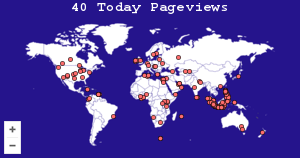The Influence of Performance Feedback on Employee Performance Which is Mediated by Clarity of Performance Goals and Moderation of the Level of Autonomy in Employees in The Ministry of Transportation
DOI:
https://doi.org/10.47353/ijema.v1i9.106Keywords:
Job Feedback, Clarity of Performance Goals, Level of Autonomy, Employee PerformanceAbstract
Performance feedback plays an important role in human resource strategies to improve employee performance through clarity of performance targets by providing good work facilities to motivate employees in carrying out activities. The aim of this research was to examine whether performance feedback would contribute to employee performance in the context of public organizations. This type of research is quantitative with a purposive sampling technique distributed through questionnaires to 110 service employee respondents within the Ministry of Transportation who are 20 years old and have worked for at least 2 years and reside in the Tangerang Regency area. Primary data analysis was carried out using the Structural Equation Modeling (SEM) method. The results of this research show that 4 of the 5 proposed hypotheses are accepted, and the work feedback variable has the greatest direct influence on the clarity of performance targets, then performance feedback has the greatest indirect influence on the relationship between clarity of work targets and employee performance. This research contributes to employees of the Ministry of Transportation in maintaining and improving employee performance by looking at several factors in the clarity of performance targets formed from performance feedback in an optimal and measurable manner. For further research, the researcher suggests that there is a need to develop variables so that other variables that are related to this research can also be used optimally.
Downloads
References
Anderson, D. M., & Stritch, J. M. (2016). Goal Clarity, Task Significance, and Performance: Evidence from a Laboratory Experiment. Journal of Public Administration Research and Theory, 26(2), 211–225. https://doi.org/10.1093/jopart/muv019
Ang, K. B., Goh, C. T., & Koh, H. C. (1993). Research Notes The Impact of Age on the Job Satisfaction of Accountants. Personnel Review, 22(1), 31–39. https://doi.org/10.1108/00483489310025184
Ariyani, R. P. N., & Sugiyanto, E. K. (2020). Pengaruh Komitmen Afektif, Komitmen Berkelanjutan Dan Komitmen Normatif Terhadap Kinerja Karyawan (Studi Perusahaan BUMN X di Semarang). Jurnal Ilmiah Manajemen Ubhara, 2(2), 113. https://doi.org/10.31599/jmu.v2i2.772
Ashford, S. J., & Black, J. S. (1996). Proactivity during organizational entry: The role of desire for control. Journal of Applied Psychology, 81(2), 199–214. https://doi.org/10.1037//0021-9010.81.2.199
Ashford, S. J., Blatt, R., & VandeWalle, D. (2003). Reflections on the looking glass: A review of research on feedback-seeking behavior organizations. Journal of Management, 29(6), 773–799. https://doi.org/10.1016/S0149-2063(03)00079-5
Campbell, J., & Pritchard, R. (1976). Campbell_&_Pritchard_Motivation_Theory_in_Handbook_Org_Psych.pdf.
Choi, E., Johnson, D. A., Moon, K., & Oah, S. (2018). Effects of Positive and Negative Feedback Sequence on Work Performance and Emotional Responses. Journal of Organizational Behavior Management, 38(2–3), 97–115. https://doi.org/10.1080/01608061.2017.1423151
Conger, J. A., & Kanungo, R. N. (1988). The Empowerment Process: Integrating Theory and Practice. Academy of Management Review, 13(3), 471–482. https://doi.org/10.5465/amr.1988.4306983
Coye, R., & Belohlav, J. (1995). An exploratory analysis of employee participation. Group & Organization Management, 20(1), 4–17.
Favero, N., Meier, K. J., & O’Toole, L. J. (2016). Goals, Trust, Participation, and Feedback: Linking Internal Management with Performance Outcomes. Journal of Public Administration Research and Theory, 26(2), 327–343. https://doi.org/10.1093/jopart/muu044
Fernandez, S. (2013). Employee Empowerment_Testing Causal Model. The American Society for Public Administration, 73(3), 490. https://doi.org/10.1111/puar.12049.he
Fernandez, S., & Moldogaziev, T. (2011). Empowering public sector employees to improve performance: Does it work? American Review of Public Administration, 41(1), 23–47. https://doi.org/10.1177/0275074009355943
Gist, M. E., & Mitchell, T. R. (1992). Self-Efficacy: A Theoretical Analysis of Its Determinants and Malleability. Academy of Management Review, 17(2), 183–211. https://doi.org/10.5465/amr.1992.4279530
Gonzalez-Mulé, E., Courtright, S. H., DeGeest, D., Seong, J. Y., & Hong, D. S. (2014). Channeled Autonomy: The Joint Effects of Autonomy and Feedback on Team Performance Through Organizational Goal Clarity. Journal of Management, 42(7), 2018–2033. https://doi.org/10.1177/0149206314535443
Guo, Y., Liao, J., Liao, S., & Zhang, Y. (2014). The mediating role of intrinsic motivation on the relationship between developmental feedback and employee job performance. Social Behavior and Personality, 42(5), 731–742. https://doi.org/10.2224/sbp.2014.42.5.731
Haar, J. M., & Spell, C. S. (2009). How does distributive justice affect work attitudes? The moderating effects of autonomy. The International Journal of Human Resource Management, 20(8), 1827–1842. https://doi.org/10.1080/09585190903087248
Haas, M. (2010). The double-edged swords of autonomy and external knowledge: Analyzing team effectiveness in a multinational organization. Academy of Management Journal, 53(5), 989–1008. https://doi.org/10.5465/amj.2010.54533180
Hair, J. F., William, J., Babin, B. J., & Anderson, R. E. (2014). Pearson New International Edition. British Library Cataloguing-in-Publication Data.
Hubona, G. S., Schuberth, F., & Henseler, J. (2021). A clarification of confirmatory composite analysis (CCA). International Journal of Information Management, 61(January). https://doi.org/10.1016/j.ijinfomgt.2021.102399
Ihil S. Baron. (2020). Efek Beban Kerja Dan Otonomi Kerja Terhadap Prestasi Kerja. Kindai, 8(75), 147–154.
Ilgen, D., Fisher, C., & Taylor, M. (1979). Consequence of feedback on behavior in organizations. Journal of Applied Psychology, 64(4), 349–371.
Irawati, A. (2008). Terhadap Kinerja Karyawan Bagian Pemasaran Pt . Paloma Citra International Surakarta.
Jong, J. (2016). The Role of Performance Feedback and Job Autonomy in Mitigating the Negative Effect of Role Ambiguity on Employee Satisfaction. Public Performance and Management Review, 39(4), 814–834. https://doi.org/10.1080/15309576.2015.1137771
Klein, H. J. (1991). Control theory and understanding motivated behavior: A different conclusion. Motivation and Emotion, 15(1), 29–44. https://doi.org/10.1007/BF00991474
Kluger, A. N., & DeNisi, A. (1996). The effects of feedback interventions on performance: A historical review, a meta-analysis, and a preliminary feedback intervention theory. Psychological Bulletin, 119(2), 254–284. https://doi.org/10.1037/0033-2909.119.2.254
Latham, G. P. (2017). Motivate Employee Performance through Goal-setting. The Blackwell Handbook of Principles of Organizational Behaviour, 109–124. https://doi.org/10.1002/9781405164047.ch8
Latham, G. P., & Locke, E. A. (1991). A Theory of Goal Setting and Task Performance. The Academy of Management Review, 16(2), 480. https://doi.org/10.2307/258875
Listiani, T. (2011). Manajemen Kinerja, Kinerja Organisasi serta Implikasinya Terhadap Kualitas Pelayanan Organisasi Sektor Publik. Jurnal Ilmu Administrasi, VIII(3), 312–321.
Martiah, L. N. P. & D. P. R. (2022). Dampak Program Insentif , Umpan Balik dan Reputasi Pemimpin Terhadap Kinerja Tugas Lisa Martiah Nila Puspita , Dampak Program Insentif , Umpan … BAJ ( Behavioral Accounting Journal ) merancang tujuan masa depan yang akan dicapai oleh organiasi , merancang. 5(1), 17–42.
Morrison, E. W. (2002). Newcomers’ relationships: The role of social network ties during socialization. Academy of Management Journal, 45(6), 1149–1160. https://doi.org/10.2307/3069430
Nadler, D. A. (1978). Feedback And Organization Development: Using Data-Based Methods (Vol. 2, Issue March).
Park, S., & Choi, S. (2020). Performance feedback, goal clarity, and public employees’ performance in public organizations. Sustainability (Switzerland), 12(7), 1–19. https://doi.org/10.3390/su12073011
Perry, J. L. (1996). Measuring public service motivation: An assessment of construct reliability and validity. Journal of Public Administration Research and Theory, 6(1), 5–22. https://doi.org/10.1093/oxfordjournals.jpart.a024303
Pratama, G., & Elistia. (2020). Analisis Motivasi Kerja, Kepemimpinan Transformasional Dan Budaya Organisasi Terhadap Kinerja Karyawan Dimediasi Kepuasan Kerja Pada Angkatan Kerja Generasi Z. 11(November).
Renn, R. W., & Fedor, D. B. (2001). Development and field test of a feedback seeking, self-efficacy, and goal setting model of work performance. Journal of Management, 27(5), 563–583. https://doi.org/10.1177/014920630102700504
Sawyer, J. E. (1992). Goal and Process Clarity: Specification of Multiple Constructs of Role Ambiguity and a Structural Equation Model of Their Antecedents and Consequences. Journal of Applied Psychology, 77(2), 130–142. https://doi.org/10.1037/0021-9010.77.2.130
Soelton, M., Wahyono, T., Oktaviar, C., Arief, H., Saratian, E. T. P., Cahyawati, I., & Syah, T. Y. R. (2021). Job Insecurity Anomaly on Turnover Intention and Employee Performance in The Organization Heavy Equipment Transportation Services. European Journal of Business and Management Research, 6(2), 211–216. https://doi.org/10.24018/ejbmr.2021.6.2.822
Su, W., Lyu, B., Liu, Y., Chen, H., & Fan, J. (2019). Supervisor developmental feedback and employee performance: The roles of feedback-seeking and political skill. Journal of Psychology in Africa, 29(5), 435–442. https://doi.org/10.1080/14330237.2019.1665879
Theurer, C. P., Tumasjan, A., & Welpe, I. M. (2018). Contextual work design and employee innovative work behavior: When does autonomy matter? In PLoS ONE (Vol. 13, Issue 10). https://doi.org/10.1371/journal.pone.0204089
Thomas, K. W., & Velthouse, B. A. (1990). Cognitive Elements of Empowerment: An “Interpretive” Model of Intrinsic Task Motivation. Academy of Management Review, 15(4), 666–681. https://doi.org/10.5465/amr.1990.4310926
Wallace, J. C., Johnson, P. D., Mathe, K., & Paul, J. (2011). Structural and Psychological Empowerment Climates, Performance, and the Moderating Role of Shared Felt Accountability: A Managerial Perspective. Journal of Applied Psychology, 96(4), 840–850. https://doi.org/10.1037/a0022227
Whitaker, B. G., Dahling, J. J., & Levy, P. (2007). The development of a feedback environment and role clarity model of job performance. Journal of Management, 33(4), 570–591. https://doi.org/10.1177/0149206306297581
Wright, B. E., & Kim, S. (2004). Participation’s Influence on Job Satisfaction: The Importance of Job Characteristics. Review of Public Personnel Administration, 24(1), 18–40. https://doi.org/10.1177/0734371X03259860
Zheng, X., Diaz, I., Jing, Y., & Chiaburu, D. S. (2015). Positive and negative supervisor developmental feedback and task-performance. Leadership & Organization Development Journal, 36(2), 212–232. https://doi.org/10.1108/LODJ-04-2013-0039
Zhou, J. (2003). When the presence of creative coworkers is related to creativity: Role of supervisor close monitoring, developmental feedback, and creative personality. Journal of Applied Psychology, 88(3), 413–422. https://doi.org/10.1037/0021-9010.88.3.413
Downloads
Published
How to Cite
Issue
Section
License
Copyright (c) 2024 Samudra Windo, Sugiyanto

This work is licensed under a Creative Commons Attribution 4.0 International License.











